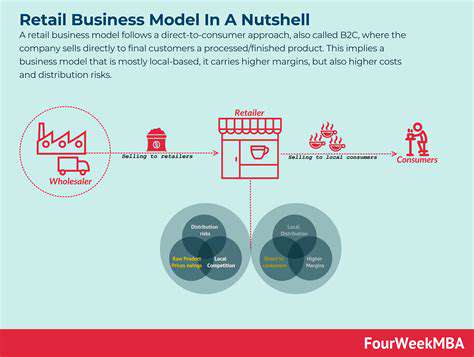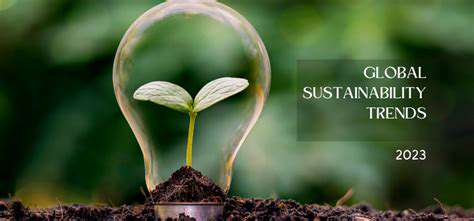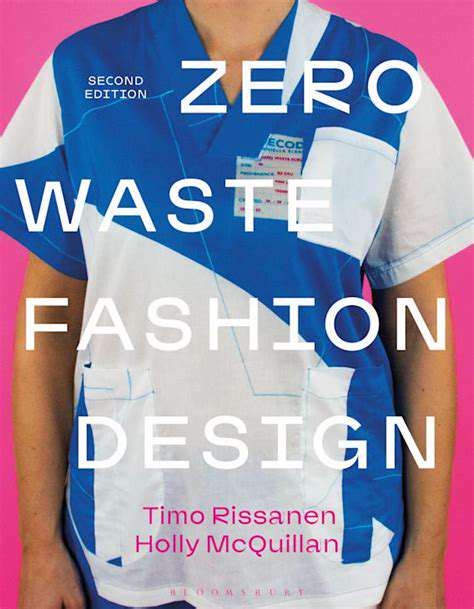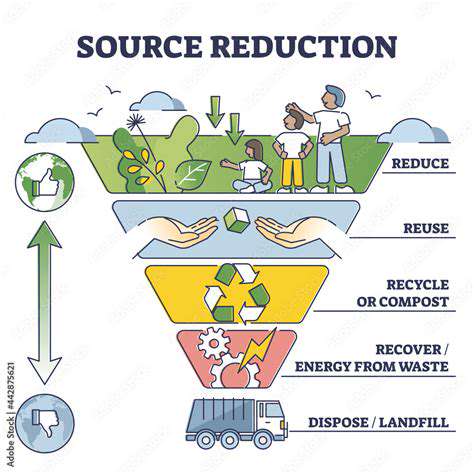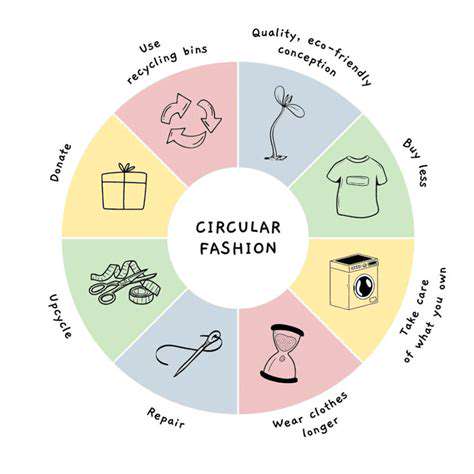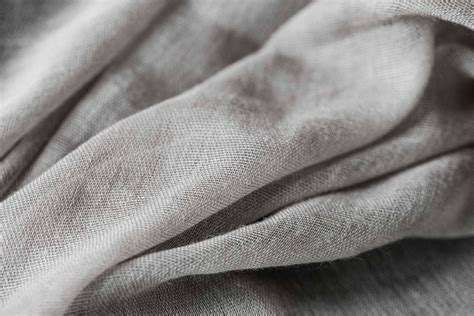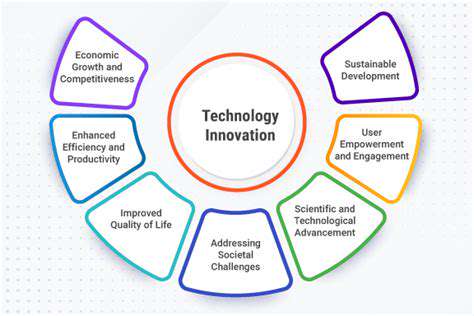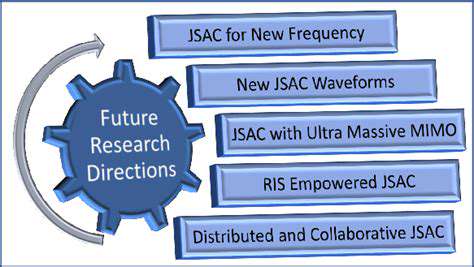Sustainable Fashion and Water Conservation: New Technologies
Consider this: while you debate between two shirts, rivers halfway around the world are shrinking to feed the industry's insatiable demand. The water used in textile production doesn't just disappear - it's often contaminated with chemicals, making it unusable for local communities. This isn't just an environmental issue; it's a human rights crisis playing out in cotton fields and garment factories.
Cotton's Thirsty Reality
That soft cotton t-shirt hugging your shoulders? It started as one of the thirstiest crops on Earth. In places like India's Punjab region, farmers watch their wells run dry as they struggle to keep pace with global fashion demands. The math is brutal: one kilogram of cotton (enough for a single t-shirt and jeans) can drink up to 10,000 liters of water.
The cruel irony? Many cotton-growing regions already face severe water shortages before a single seed is planted. In Central Asia, the Aral Sea has shrunk to fragments of its former glory, partly due to cotton irrigation. When water becomes scarce, it's never the fashion houses that go thirsty - it's the farmers and their families.
Dyeing Rivers, Dying Ecosystems
The fashion industry paints our world in vibrant colors - sometimes literally. In textile hubs like Dhaka, rivers run technicolor with dye runoff, their surfaces shimmering with chemical rainbows. These polluted waterways tell a silent story: 20% of global water pollution comes from fabric treatment and dyeing. The true cost of that bright red dress might be measured in dead fish and poisoned drinking water.
Local communities downstream pay the price with their health. In China's Pearl River Delta, doctors report rising cases of skin diseases and cancers near textile factories. The industry's dirty secret? Many facilities still dump untreated wastewater under cover of darkness, gambling with people's lives to save on treatment costs.
Rethinking Fashion's Water Addiction
Change is bubbling up from unexpected places. In Spain, designers are reviving ancient water-saving techniques like natural dyeing. Dutch scientists have developed a foam-dyeing process that uses 90% less water. Even big brands are feeling the pressure - Levi's now makes some jeans using just a glass of water through laser finishing technology.
The most powerful change comes from informed consumers asking one simple question: How much water went into this? When shoppers demand transparency, brands scramble to innovate. Some forward-thinking companies now include water footprint labels alongside price tags, turning conservation into a selling point.
Innovative Materials and Sustainable Sourcing
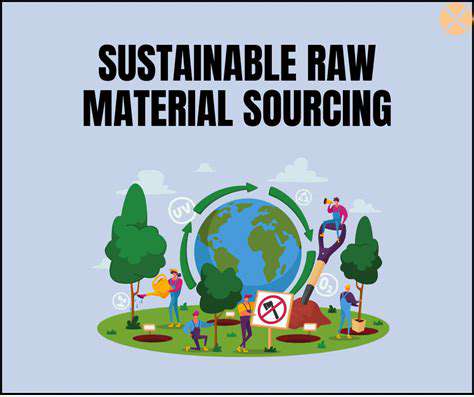
Nature's Blueprint for Better Materials
Imagine buildings that breathe like living organisms, or concrete that heals its own cracks. These aren't sci-fi fantasies - they're real innovations emerging from biomimicry research. Scientists are studying everything from abalone shells to spider silk to create materials that are stronger, lighter, and kinder to the planet. The lesson from nature? Durability doesn't have to come at environmental cost.
Take mycelium, the root structure of mushrooms. Grown in molds with agricultural waste, it forms sturdy, fire-resistant panels that decompose naturally. This grown material represents a paradigm shift - instead of manufacturing, we're cultivating our building supplies. Best part? It sequesters carbon as it grows, making it climate-positive.
The Circular Construction Revolution
Construction sites have long been graveyards for materials, but visionary architects are changing that. In Amsterdam, a residential tower rises using 90% recycled materials - even its elevator shafts came from demolished offices. This urban mining approach treats old buildings as material banks rather than waste. Specialized databases now catalog available reclaimed materials, connecting demolition sites with new projects.
Denmark's Lendager Group takes it further, grinding old wind turbine blades into colorful facade panels. Their philosophy? Waste is just a design failure - everything can have multiple lives. These innovations prove that circular economy principles can work at architectural scale, with stunning aesthetic results.
Smart Materials for Responsive Buildings
The next frontier in sustainable architecture isn't just about what materials are made of, but how they behave. Thermochromic windows that tint automatically in sunlight. Concrete embedded with bacteria that secrete limestone to repair cracks. These living materials promise buildings that adapt to their environment like natural organisms.
At Princeton, researchers developed a 3D-printed breathing wall that opens and closes pores in response to humidity. Such innovations could slash HVAC energy use while creating more comfortable spaces. The future of architecture might look less like static boxes and more like responsive ecosystems.
Water Recycling and Wastewater Treatment Innovations
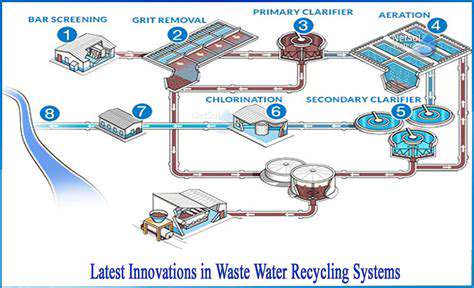
From Toilet to Tap: Overcoming the Yuck Factor
Singapore's NEWater program proves purified wastewater can be cleaner than reservoir water, yet public perception remains the biggest hurdle. Their solution? Education through transparency - visitors can tour treatment plants and even taste the purified water. The result? Over 40% of Singapore's water now comes from recycled sources.
California's Orange County takes a different approach, injecting purified wastewater into aquifers where it mixes with groundwater for months before use. This environmental buffer eases psychological barriers while providing natural filtration. As droughts intensify, such indirect potable reuse is becoming crucial for water security.
Nature's Water Treatment Plants
Some of the most effective water treatment systems don't use chemicals or membranes - they use plants. Constructed wetlands mimic natural processes to clean wastewater through microbial action and plant uptake. These living systems remove up to 90% of pollutants while creating wildlife habitats and green spaces. Small towns from Bolivia to Bangladesh are adopting this low-cost, low-energy solution.
In Sweden, researchers developed green walls that filter greywater through vertical gardens. The plants thrive on the nutrients in wastewater, turning treatment into an aesthetic feature. Such nature-based solutions prove environmental engineering can be beautiful as well as functional.
The Digital Water Revolution
Smart sensors and AI are transforming water management. In South Korea, AI-powered systems predict pipe failures before they happen. Israeli farmers use soil moisture sensors linked to cloud-based irrigation controls. These technologies slash water waste while maintaining crop yields - some farms report 30% water savings.
Perhaps most exciting are new portable water quality testers. Developed for just $20, these smartphone-connected devices empower communities to monitor their own water safety. In remote villages from Kenya to Peru, they're democratizing access to clean water data.
